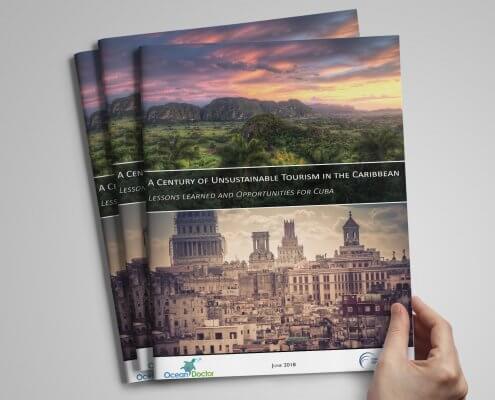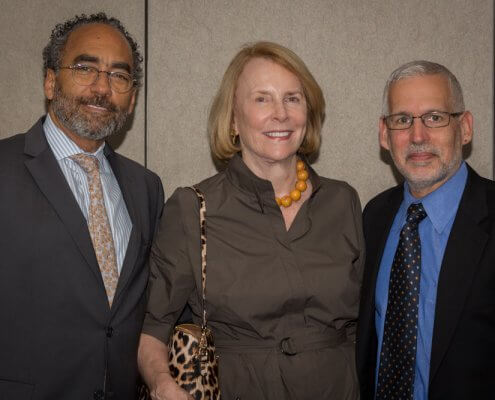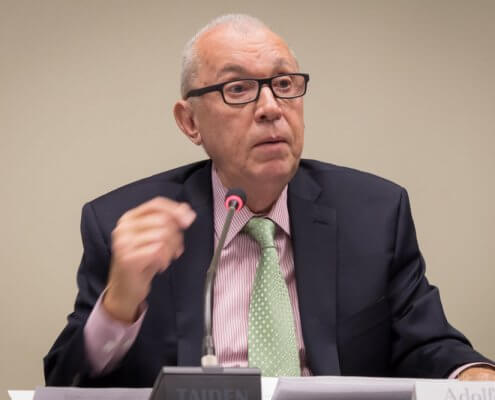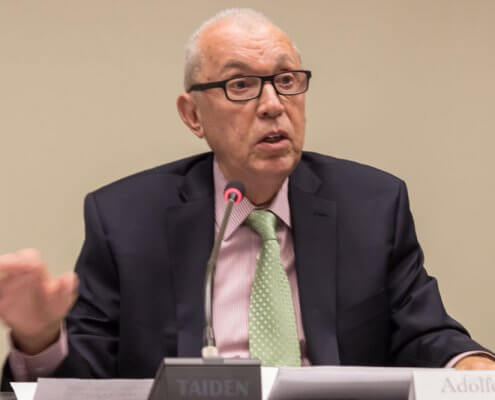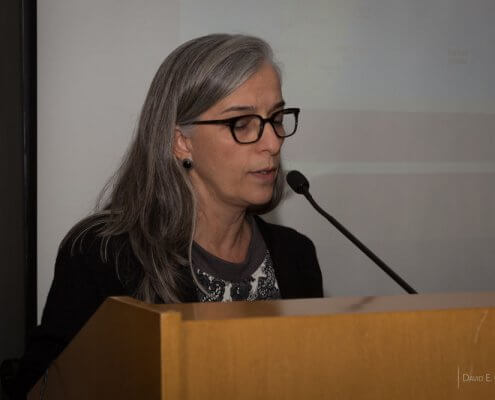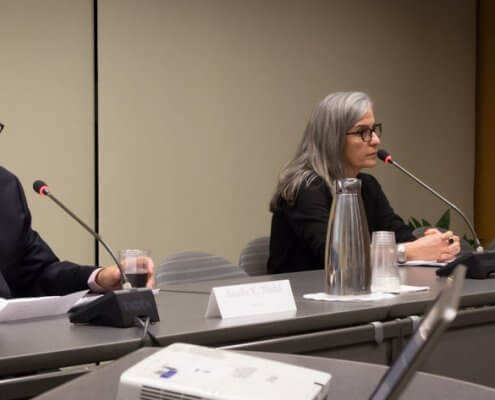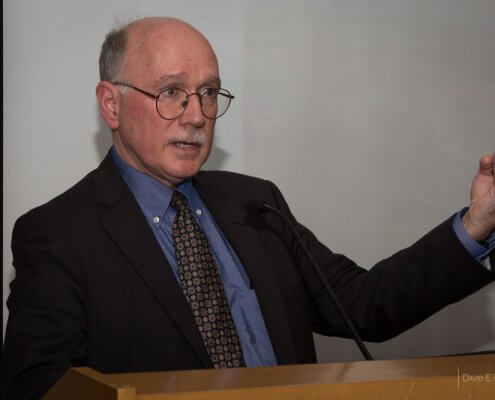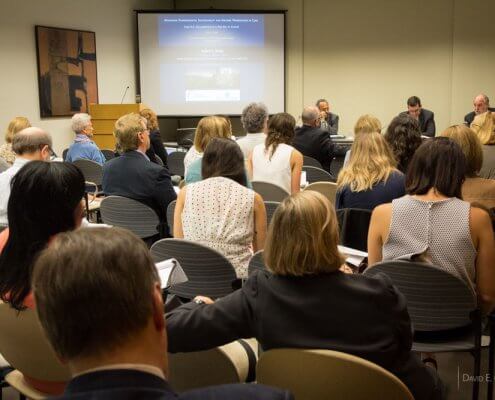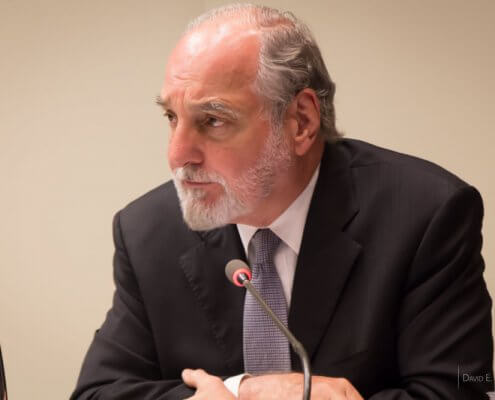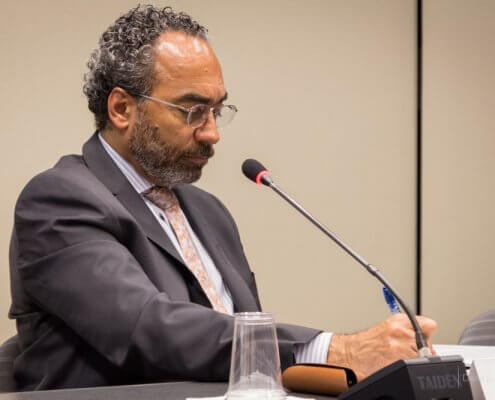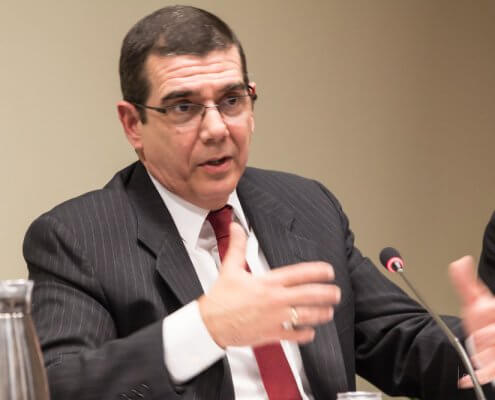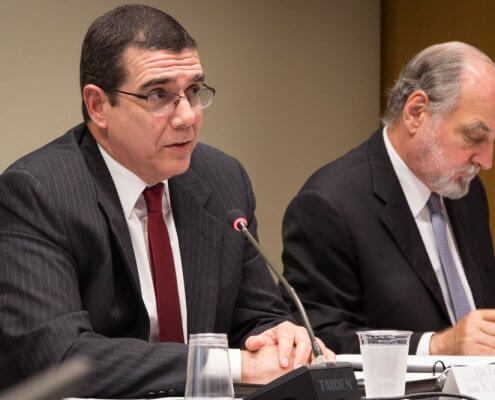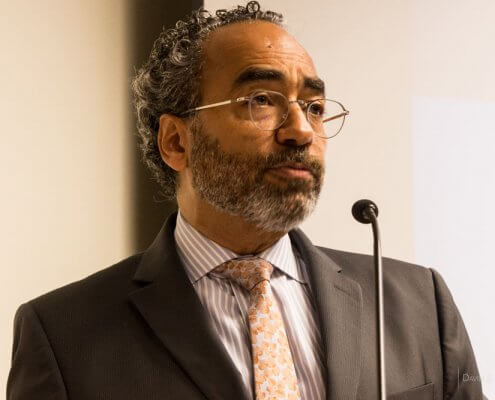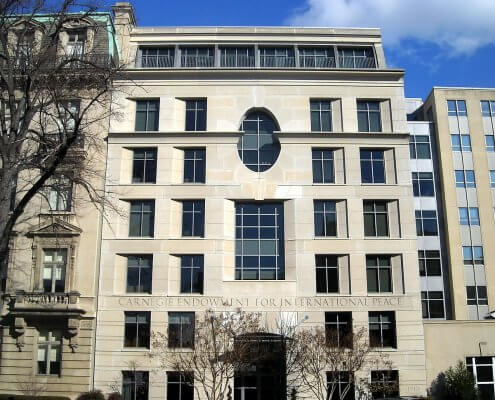REPORT: A Century of Unsustainable Tourism in the Caribbean: Lessons Learned and Opportunities for Cuba
 Over the past century, tourism in the Caribbean has been marked by an explosion of travelers from North America and Europe traveling south in search of relaxing, tropical environments. Unfortunately, the rapid development of the Caribbean tourist industry has occurred at the cost of the sustainability of Caribbean cultures and ecosystems. Tragically, the past 50 years have seen unprecedented environmental degradation in the Caribbean. A major report documents an average decline of coral cover in the Caribbean of more than 50 percent since 1970[i] due, in part, to tourism pressure. Landscape modification due to tourism development as one of the main contemporary drivers of habitat loss in the Caribbean.[ii] Historic and cultural resources, and culture itself, have been impacted by tourism. The islands of the Caribbean share a history rooted in European exploitation, and in some ways, tourism in the Caribbean today remains an extension of this exploitation through economic, social, and environmental degradation.
Over the past century, tourism in the Caribbean has been marked by an explosion of travelers from North America and Europe traveling south in search of relaxing, tropical environments. Unfortunately, the rapid development of the Caribbean tourist industry has occurred at the cost of the sustainability of Caribbean cultures and ecosystems. Tragically, the past 50 years have seen unprecedented environmental degradation in the Caribbean. A major report documents an average decline of coral cover in the Caribbean of more than 50 percent since 1970[i] due, in part, to tourism pressure. Landscape modification due to tourism development as one of the main contemporary drivers of habitat loss in the Caribbean.[ii] Historic and cultural resources, and culture itself, have been impacted by tourism. The islands of the Caribbean share a history rooted in European exploitation, and in some ways, tourism in the Caribbean today remains an extension of this exploitation through economic, social, and environmental degradation.
Meanwhile, Cuba has followed a markedly different path, in part due to its socialist path following the 1959 revolution and in part due to the development of strong environmental laws and practices. Many of Cuba’s natural ecosystems remain healthy and vibrant, including coral reefs. At the same time, Cuba’s cultural and historic resources reflect a rich, vibrant and unique culture that shows little of the signs of homogenization suffered by much of the rest of the Caribbean.
This report had its origins as a comprehensive resource document to help us better understand the adverse impacts of tourism on the Caribbean in the context of ongoing efforts in Cuba to avoid those mistakes, both with respect to the environment and with respect to historic preservation and culture. As the project evolved, we recognized its potential to support the efforts of the Cuba-U.S. Sustainability Partnership (CUSP), a project of the Center for International Policy, Ocean Doctor and Robert Muse & Associates, in consultation with Cuban governmental and nongovernmental agencies, to support Cuba’s efforts to chart a sustainable course in the face of political changes and economic pressures. Hence, the document was augmented to assess Cuba’s touristic history, understand the lessons learned from its Caribbean neighbors, and explore the unique opportunities it has moving forward toward a future of sustainable tourism.
This volume is not meant to be a comprehensive history of tourism in the Caribbean, nor is it meant to be a comprehensive analysis of tourism in Cuba. For the latter we refer the reader to Tourism in Cuba: Riding the Wave Towards Sustainable Prosperity by Richard E. Feinberg and Richard S. Newfarmer, a Brookings Institution publication[iii] which we cite often in this report.
Rather, our hope is that this is an integrative work that provides new insights and inspires new dialogues and ideas about tourism and sustainability, in Cuba and beyond.
CUSP was formed several months after the simultaneous announcements by Presidents Obama and Castro that Cuba and the US would begin to normalize relations, after which there was an overwhelming eruption of tourism and investment interests from the US, creating a sense of great urgency to address a range of issues, including tourism. However, such pressures from the US have waned during the Trump Administration. Recent reports show US visitation to Cuba has dropped 40 percent during the first months of 2018 as compared to 2017.[iv] Nevertheless, tourism in Cuba continues to grow, albeit less rapidly, and with new leadership in Washington, US visitation to Cuba could resume its growth.
We believe this is an ideal moment in time to take stock of tourism’s impact in the Caribbean and, in collaboration with our Cuban colleagues and friends, thoughtfully consider the exceptionally sustainable future that Cuba has an opportunity to create.
© Ocean Doctor, Inc. All Rights Reserved.
_____________
[i] Jackson JBC, Donovan MK, Cramer KL, Lam VV (editors). (2014) Status and Trends of Caribbean Coral Reefs: 1970-2012. Global Coral Reef Monitoring Network, IUCN, Gland, Switzerland. https://www.iucn.org/knowledge/publications_doc/publications/?uPubsID=5035
[ii] IUCN. Impacts of Hotel Siting and Design On Biodiversity In The Insular Caribbean: A Situational Analysis. Gland: IUCN; 2011:25. Available at: https://portals.iucn.org/library/efiles/documents/Rep-2011-015.pdf. Accessed March 4, 2016.
[iii] Feinberg, Richard E. and Richard S. Newfarmer, Tourism in Cuba Riding the Wave Towards Sustainable Prosperity, The Brookings Institution
[iv] Faiola, Anthony. May 12, 2018. “The Great American Tourism Boom in Cuba Goes Bust.” Washington, DC: The Washington Post. A1

